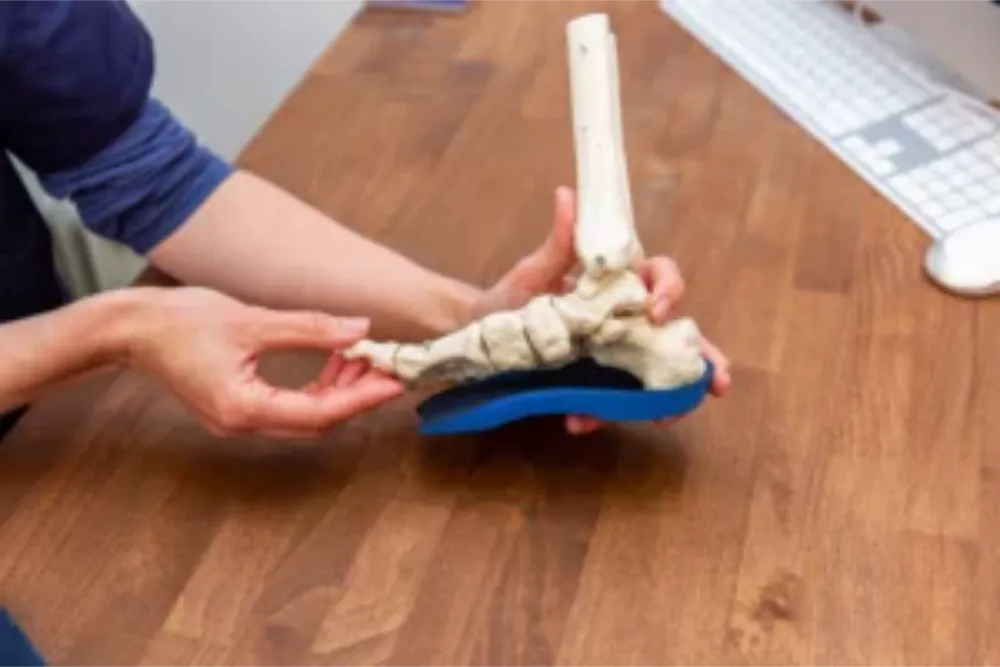Introduction: Living with arthritis can present unique challenges, particularly when it comes to staying active and maintaining overall health.
Exercise can be one of the most effective ways to manage arthritis symptoms and improve quality of life. In this blog post, we will explore various types of exercises that are beneficial for individuals with arthritis, helping you find the best approach to incorporate physical activity into your routine.
Understanding Arthritis: Arthritis is primarily an inflammatory condition where the lining of your joints (cartilage) can undergo degeneration as well as cause pain. Contrary to widely held belief, the wearing of the joint lining is not the cause of your pain, and only happen to be occurring side by side. But the amount of joint wear can be an indication of how much your arthritis can be progressing.
The most common type of arthritis is osteoarthritis which affects a record number of 10 million Brits per year. The risk of arthritis increases as you age but again this has nothing to do with how old your joints are but more to do with other lifestyle factors which we will discuss later in this article.
What are some risk factors for developing arthritis:
- Gender: OA is more common in women, especially after menopause. However, in younger age groups, it affects both men and women equally.
- Obesity: Excess fatty tissue creates more inflammation within the body and as OA is an inflammatory condition, this increases the breakdown of cartilage and causes more pain.
- Genetics: There is evidence to suggest that certain genes may play a role in the development of OA. People with a family history of OA are more likely to develop the condition themselves.
- Joint injuries: Fractures, dislocations, ligament, or muscle damage tend to increase the risk of OA in later years.
- Medical conditions: Certain medical conditions, such as rheumatoid arthritis, gout, and diabetes, can increase the risk of developing OA. These conditions may directly affect joint health or contribute to joint inflammation, leading to cartilage damage.
Benefits of Exercise for Arthritis: Regular exercise offers numerous benefits for individuals living with arthritis:
- Pain Relief: Exercise helps to reduce joint pain by reducing the sensitivity of tissue around the joints.
- Improved Joint Function: By engaging in specific exercises, you can enhance joint flexibility, range of motion, and overall functionality.
- Enhanced Muscle Strength: Strengthening the muscles around arthritic joints helps to relieve stress on the joints and improve mobility.
- Weight Management: Regular physical activity assists in weight control, reducing overall inflammation.
- Mood and Well-being: Exercise stimulates the release of endorphins, which are natural mood enhancers, helping to alleviate stress, anxiety, and depression often associated with arthritis.
Choosing the Right Exercises: When it comes to exercising with arthritis, it is crucial to select activities that are appropriate for individuals while providing the desired benefits. Here are some exercise options that are generally well-suited for individuals with arthritis:
Low-Impact Aerobic Exercises:
- Walking: A simple and accessible activity that aids in joint mobility, cardiovascular health, and overall well-being.
- Swimming or Water Aerobics: Buoyancy in water reduces stress on the joints while providing resistance for muscle strengthening and flexibility.
- Cycling: Stationary or outdoor biking is a low-impact option that promotes joint mobility and cardiovascular fitness.
Range-of-Motion Exercises:
- Tai Chi: This ancient Chinese practice incorporates gentle movements and deep breathing, enhancing balance, flexibility, and joint range of motion.
- Yoga: Yoga poses and stretches can improve joint flexibility, muscle strength, and overall relaxation.
- Pilates: Focusing on core strength, Pilates exercises can help stabilize and support the joints, particularly the spine.
Strength Training:
- Resistance Bands: These versatile bands provide resistance for muscle strengthening without putting excessive stress on the joints.
- Weight Machines: Using weight machines at appropriate resistance levels can help build muscle strength and protect the joints.
Important Considerations: While exercise is beneficial for arthritis, it’s crucial to keep a few considerations in mind:
- Consult Your Physiotherapist: Before starting any exercise program, consult with your physiotherapist or healthcare provider to ensure that it aligns with your specific needs and limitations.
- Start Slowly and Progress Gradually: Begin with low-impact exercises and gradually increase intensity and duration as your body allows.
- Listen to Your Body: Pay attention to your body’s signals. If an exercise causes pain or discomfort, modify it or try a different approach.
Conclusion: Exercising with arthritis can significantly improve your quality of life by reducing pain, improving joint function, and enhancing overall well-being. By choosing the right exercises and considering your unique needs, you can safely and effectively manage your arthritis symptoms. Remember, regular consultation with your physiotherapist is key to developing a personalized exercise program that works best for you. Embrace the power of movement and discover the joy of an active lifestyle, even with arthritis.


